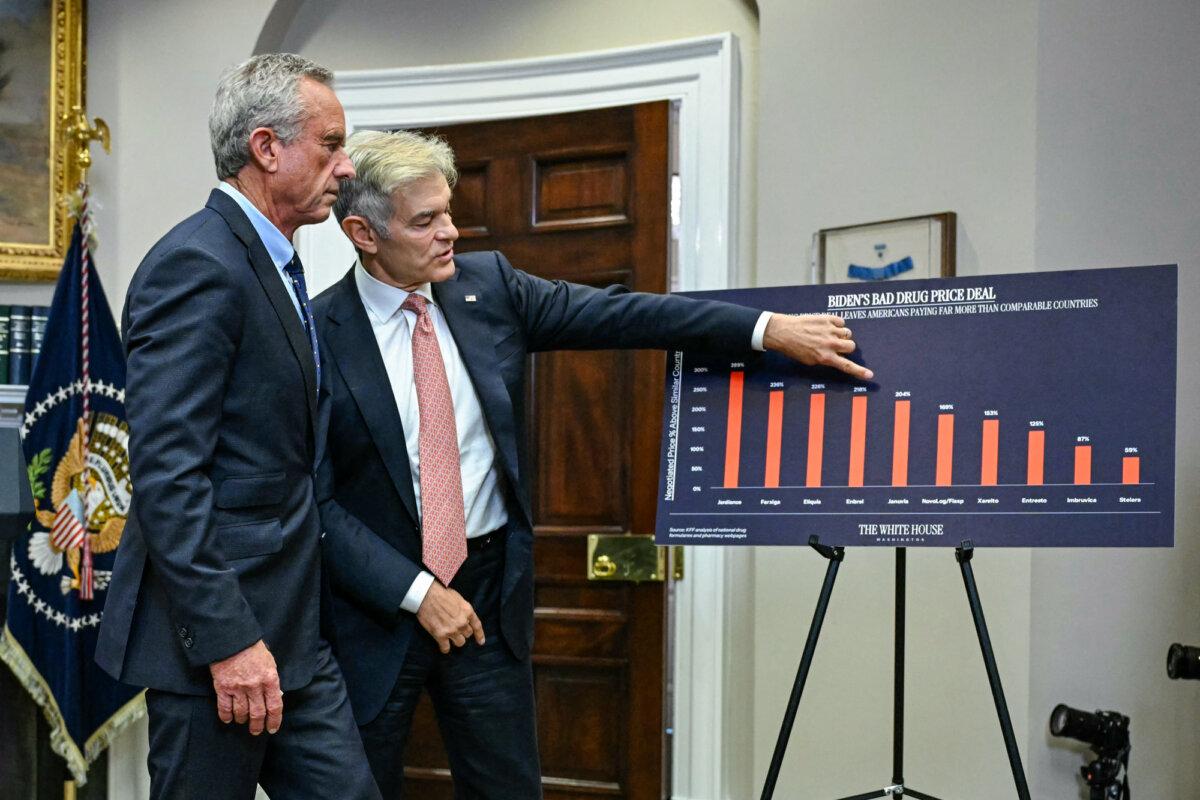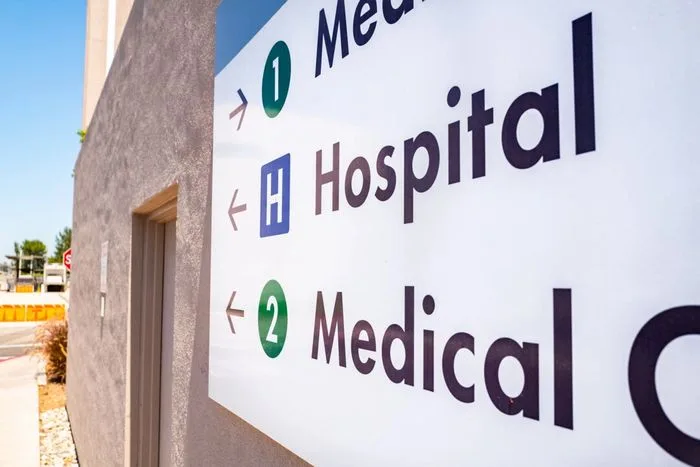By Lawrence Wilson
Millions of people are enrolled in government health-care programs in more than one state or signed up concurrently in multiple programs that cost taxpayers about $14 billion a year, the Centers for Medicare and Medicaid Services announced on July 17.
The announcement came after an analysis of 2024 enrollment data from Medicaid, the Children’s Health Insurance Program (CHIP), and the Affordable Care Act Exchange.
Investigators found that an average of 1.2 million people were enrolled in Medicaid or CHIP in two or more states in 2024. Another 1.6 million were enrolled in Medicaid or CHIP, as well as a subsidized Exchange plan.
The total number of dual enrollees was about 2.8 million.
“Under the Trump Administration, we will no longer tolerate waste, fraud, and abuse at the expense of our most vulnerable citizens,” Robert F. Kennedy Jr., secretary of health and human services, said in a statement.
Dual enrollment wastes money without providing additional care for the patient.
About 75 percent of Medicaid enrollees and an even higher percentage of Exchange enrollees are in managed care plans. In these plans, the government pays an insurer a monthly fee to provide all necessary care for the insured person. When a person is dual-enrolled, the government pays twice.
Some Medicaid recipients unwittingly double enroll when they move to another state, enroll in Medicaid there, and forget to notify the state they left.
In other cases, Medicaid enrollees who begin to earn more money no longer qualify for the program. They may then sign up for an Exchange plan but forget to cancel their Medicaid coverage.
Federal regulations require semi-annual data checks to weed out dual enrollment. But those checks were temporarily suspended in the COVID-19 era to make sure people did not lose coverage during the health emergency.
Dr. Mehmet Oz, administrator of the Centers for Medicare and Medicaid Services, said the agency will return to doing regular, thorough checks of the enrollment data.
“This is exactly why we fought for stronger fraud-detection tools in the One Big Beautiful Bill Act—to go after this type of waste and finally put a stop to paying twice for the same person’s health coverage,” Oz said in a statement.
He said the federal government will work with states to prevent the loss of coverage by those entitled to it, while cleaning up the rolls. That will include notifying both states when a Medicaid or CHIP enrollee appears to have dual enrollment, so both can verify the person’s status.

The Center for Medicare and Medicaid Services will also notify people who appear to be enrolled in both Medicaid or CHIP and Obamacare, asking them to de-enroll from one or the other, or notify the Exchange that the information is incorrect.
The United States spent more than $618 billion on Medicaid in 2024. Dual enrollment was just one form of needless expense.
The One Big Beautiful Bill Act includes provisions aimed at ensuring that only qualified beneficiaries are enrolled in the program.
Enrollees will be required to verify their Medicaid eligibility for enrollment every six months instead of once a year. The purpose is to ensure that those whose income exceeds the eligibility limit are removed and that people not lawfully residing in the country are not enrolled. This provision takes effect in October 2027.
According to Congressional Budget Office data, some 1.4 million people who are not legal residents of the United States are enrolled in Medicaid.
Also, under the act, some Medicaid enrollees will be required to spend 20 hours per week in employment, educational activities, training, or community service.
This provision, which takes effect no sooner than Jan. 1, 2027, applies only to adults who are not disabled and are not responsible for caring for children or other dependents.
About 90 percent of Republicans and more than half of Democrats favor these provisions, according to health policy think tank KFF.
Gideon Lukens and Elizabeth Zhang of the Center for Budget and Policy Priorities, a progressive think tank, said the work requirements “impose administrative barriers and red tape that lead to coverage losses among both people who are working as well as people the policies purport to exempt.”
“They also lead to coverage losses for those who are between jobs,” Lukens and Zhang wrote.
About 71 million people were enrolled in Medicaid as of March 2025. Another 7 million were enrolled in CHIP. About 24 million are enrolled in Affordable Care Act Exchange plans in 2025.





